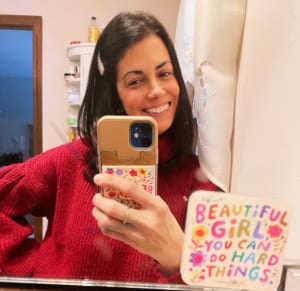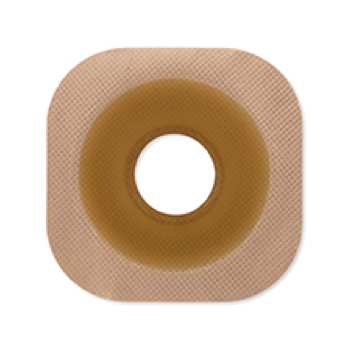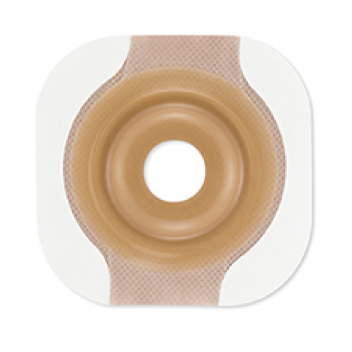Michael Seres started 11 Health as a direct result of his experiences as an ostomate. He had suffered with Crohn’s disease for over 30 years and after a small bowel transplant, he needed an ostomy. He felt alone and powerless. The bags were hard for him to get used to and they did not help to manage his condition – they just collected output. He started blogging and tweeting about his journey and found tens of thousands of patients who felt the same way but were too anxious or disempowered to do anything about it. Michael made a commitment that he would devote his life to making a difference for these patients.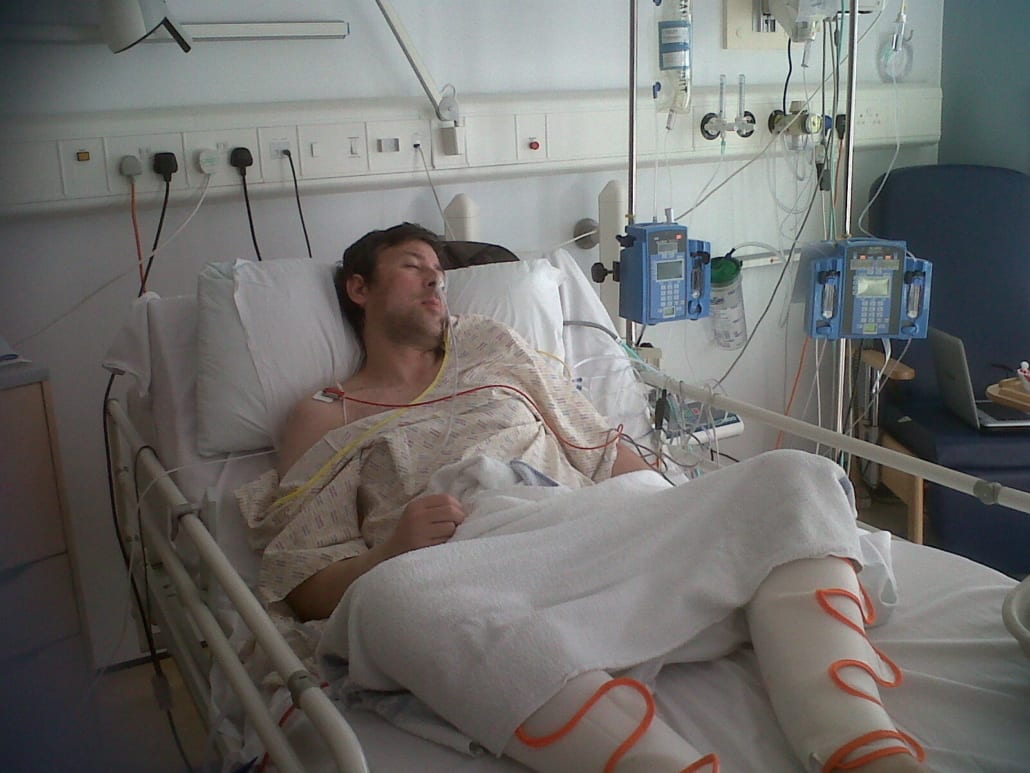
Despite his health struggles, which included fighting and beating cancer multiple times, he found the strength to start a healthcare company that shares his single-minded focus of helping patients, and in particular ostomates. The company is called 11 Health as Michael was the 11th person in the UK to have had the pioneering transplant procedure. Only a few of the 10 that went before him survived the procedure. Michael did not just survive, he thrived and accomplished so much in his short life.
Advocacy was always a part of Michael’s life. He always found time to prioritize it amidst the challenges of running an international business and managing his health. In his talk at Stanford Medicine X in 2017, he talked about a revolutionary idea of using social media for doctor-patient communications. Michael believed that patients were the most underutilized resource in healthcare and he spoke beautifully about it in his famous TEDx Talk in 2018. The need for the patient to be at the center of patient care ran through his core. He felt that patients should not be passive end users. Instead, patients should be engaged in medical decision making and empowered by education and self-care tools. Michael’s reach was spread wide and he advocated for patients to the leadership of Google and even on a panel alongside Bill Clinton.

We lost Michael last year. Whilst our hearts are still filled with sadness, we are more determined than ever to deliver his vision of changing healthcare and making it patient centric. He believed passionately in the ‘everyone included’ philosophy. A movement for change supported by doctors, nurses, policy makers but most importantly, patients. Making that change will be Michael’s legacy.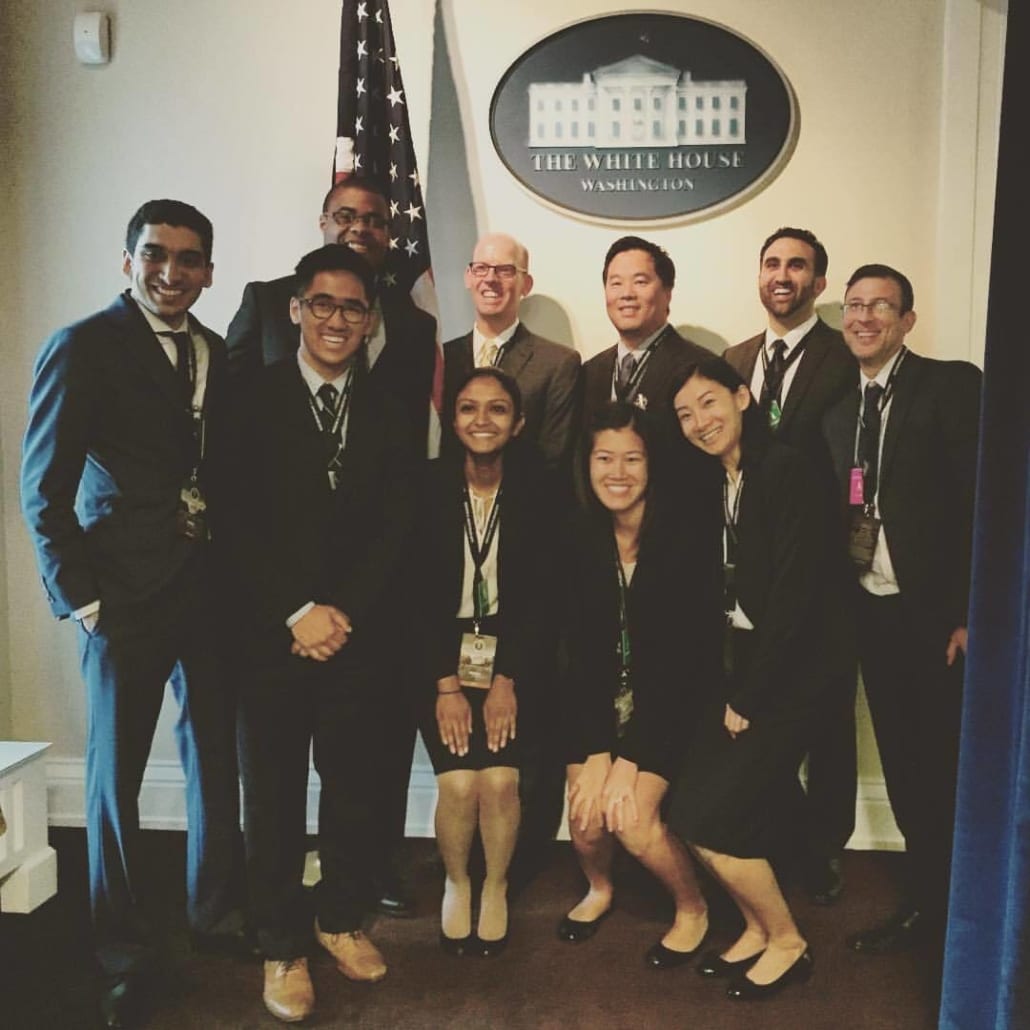
We are creating a special birthday Gutsy Gathering on March 23 from 3-7pm EST in Michael’s memory. It will not be a day to mourn. It will be a day to celebrate the achievements of an extraordinary man by inviting some equally extraordinary people to talk about their personal or professional involvement in the patient experience. Sessions will focus on themes relating to advocacy, confidence, community, and change.
The Michael Seres birthday Gutsy Gathering will be an annual event and an opportunity for friends to meet in a face-to-face setting. This year it will be virtual, with speakers joining us from around the world from across the ‘everyone included’ spectrum. The live sessions will run from 3-7pm EST and participants can come and go as their schedules allow. The event is free, and registration is required at www.gutsygathering.com. Our esteemed list of speakers continues to grow and can be found on the registration page. Please join us!
Editor’s note: This article is from one of our digital sponsors, 11 Health. Sponsor support along with donations from readers like you help to maintain our website and the free trusted resources of UOAA, a 501(c)(3) nonprofit organization.

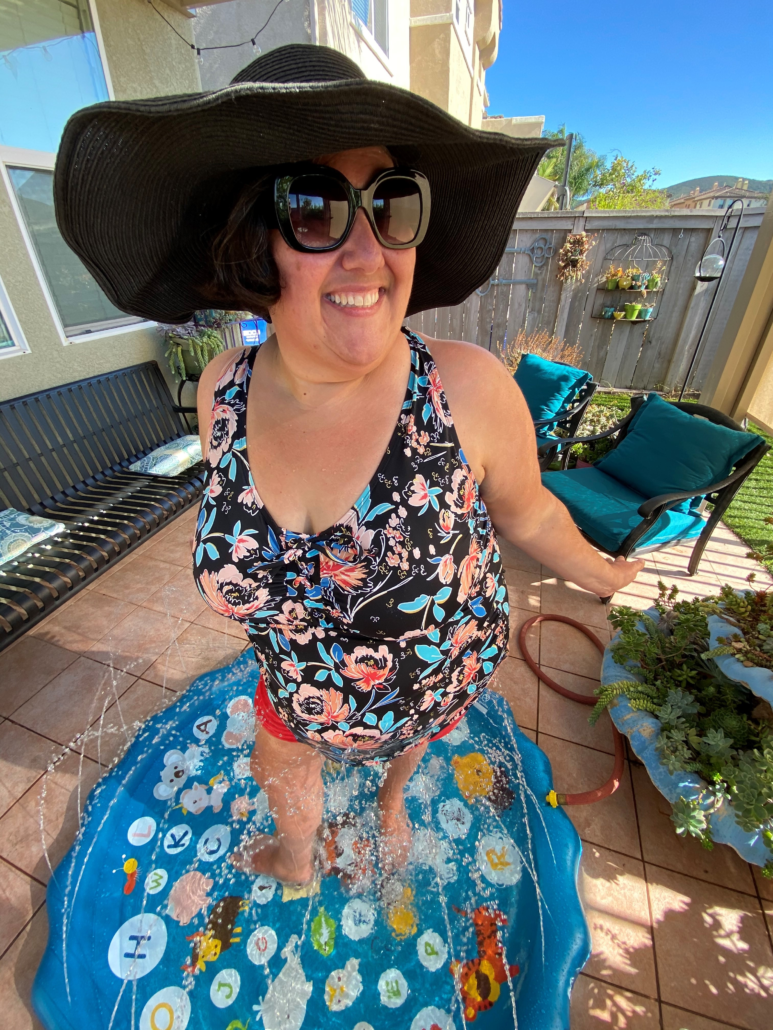
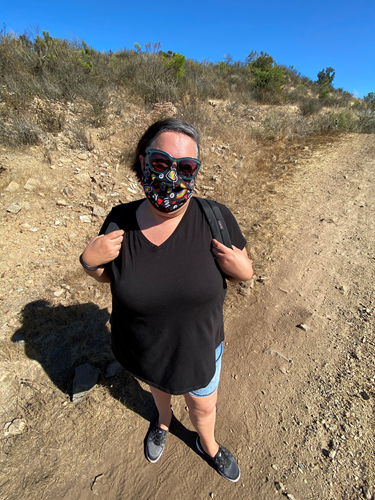 nurses) would recommend 3‐5 days of wear time. What I would definitely advise against is waiting until you HAVE to change due to a leak. Before you realize you have a problem, waste is coming into contact with your peristomal skin, and that may lead to skin damage. Above all, you want to keep your skin healthy, happy and intact. So when would my daily activity impact my wear time? Again it’s moisture math! I mentioned earlier that I like to swim and jacuzzi; a quick dip for an hour or so is very different than a big day out that involves being in a wet bathing suit all day. If I am planning a big day out on the water, in the pool, at a beach or waterpark, I figure that in to my changing schedule. For example if day one was Thursday, and day three is a big day out involving water, when I get home, I’ll typically shower and do a full change.
nurses) would recommend 3‐5 days of wear time. What I would definitely advise against is waiting until you HAVE to change due to a leak. Before you realize you have a problem, waste is coming into contact with your peristomal skin, and that may lead to skin damage. Above all, you want to keep your skin healthy, happy and intact. So when would my daily activity impact my wear time? Again it’s moisture math! I mentioned earlier that I like to swim and jacuzzi; a quick dip for an hour or so is very different than a big day out that involves being in a wet bathing suit all day. If I am planning a big day out on the water, in the pool, at a beach or waterpark, I figure that in to my changing schedule. For example if day one was Thursday, and day three is a big day out involving water, when I get home, I’ll typically shower and do a full change.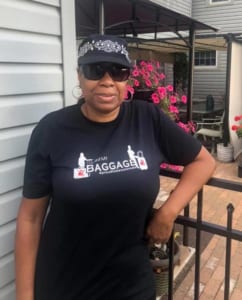
 The past few years were filled with so much grief, with the most current being the death of my mom on July 4th 2019, only three days after my 60th birthday. I was feeling the deep void of losing a brother and both parents within 4 years, depression was setting in. I had support but I felt helpless and lost. What is my purpose in life? How can I make my mom proud?
The past few years were filled with so much grief, with the most current being the death of my mom on July 4th 2019, only three days after my 60th birthday. I was feeling the deep void of losing a brother and both parents within 4 years, depression was setting in. I had support but I felt helpless and lost. What is my purpose in life? How can I make my mom proud?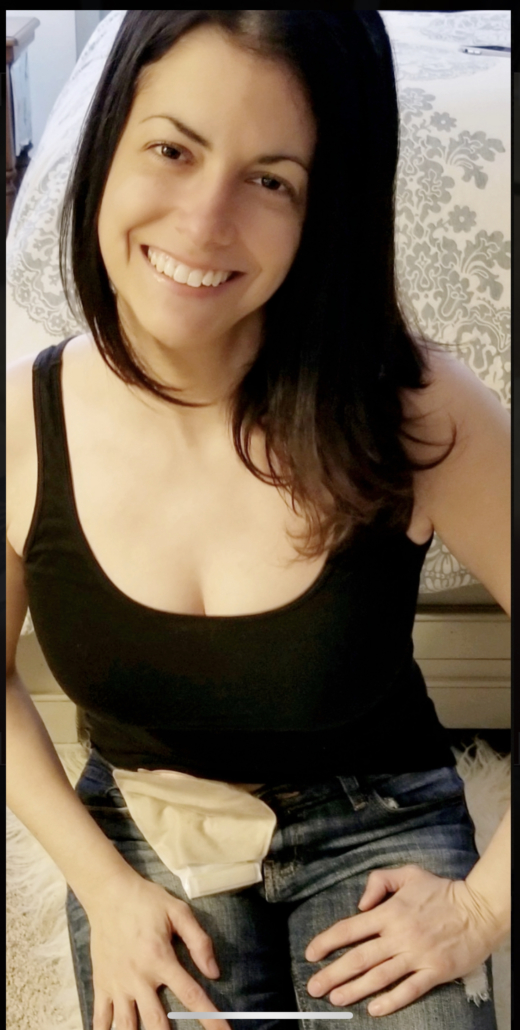
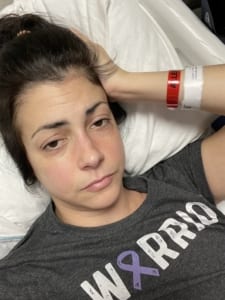 Along the way, I started to feel strong. I was amazed by what both my body and my mind could accept and turn into a positive. I started to really take care of my physical health, and in the three years that I have been the sickest in my life, I became the most physically strong I have ever been by participating religiously in
Along the way, I started to feel strong. I was amazed by what both my body and my mind could accept and turn into a positive. I started to really take care of my physical health, and in the three years that I have been the sickest in my life, I became the most physically strong I have ever been by participating religiously in 